Last week’s article in Focus on B&B and shed rental rules and regulations generated a lot of discussions. This week, we look at the costs involved and factors to take into account.
The type of animal has the greatest bearing on the daily rate charged. Deals are generally agreed with a weight target in mind, with a rough guide of gaining 0.5kg to 0.7kg for weanlings and stores and about 1kg/head/day for finishing animals.
The value of silage consumed often serves as the basis for determining costs. Table 1 details costs, taking good-quality silage at 75 DMD and 25% DM as the benchmark.
The volume of silage consumed should not be the sole determinant, as silage quality will have a significant influence on animal performance.
This is why it is important to agree performance targets at the outset. If silage quality is low, there will be a high cost in introducing supplementary feeding to achieve weight targets, as the example in Table 2 shows.
Standard costs above this range from 30c to 60c/head/day, with aspects such as purchase and administering veterinary treatments having an influence.
An Irish Farmers Journal survey of B&B providers shows specialised feeders quoting from €1.60 to €1.80/head/day for animals in excess of 650kg (cows or forward stores) on a maintenance diet.
Lighter stores weighing approximately 500kg can cost from €1.30 to €1.50/head/day. Weanlings weighing 250kg to 350kg cost from 90c to €1.30/head/day. For cattle being fed on a high-energy finishing diet of maize silage, beet, straw and concentrates, owners can expect to pay up to €3.50/animal/day.
Another factor to take into account is accepted levels of mortality. Normally, the owner of the animals covers the cost where the cause of death is one-off or outside the control of the B&B provider, but in case of high mortality, it is worth agreeing at the outset who covers the loss in value and cost of feeding.
Shed rental
B&B costs are often more straightforward to calculate than shed rental costs. This is because there is a wider range of factors to consider. Deals are generally done on a cost per bay basis, with prices anywhere from €150 to €400 per bay for the winter or about 20c to 50c/head/day. Whatever the methods used, it is important to agree at the outset. The main factors to consider are as follows:
Standard of facilities: Sheds with creep or lie-back areas or complete units with animal handling facilities command a higher premium. Where feeding bulls, it is worthwhile to agree who covers any potential damage to water troughs, rubber mats or penning, for example. Availability of forage and labour: Systems where feed is provided and the owner is doing the feeding are very similar to B&B costs.Slurry spreading: 1,000 gallons of slurry has a typical nutrient value of €30 (higher in animals fed ad-lib on high levels of meal). Some shed owners who are producing the forage value the slurry as an asset, while others have little use for it and try to build in a charge if the owner of the cattle is not taking it. Typical rates for spreading a standard bay range from €350 to €500, depending on distance travelled. Water costs: This will be easier to quantify where the yard is rented as one unit served by a meter. It is not generally a big concern except in cases where water demand is high due to animals on ad-lib diets or hay/haylage.Electricity: Again, this is hard to quantify where the yard is split and there are not separate meters. A factor to consider in separate units is who pays the standing charge for power. Use of equipment: Is there a tractor provided for feeding animals? Washing and disinfecting: This is often an area that is overlooked, but one that can lead to a fall-out. Agree at the outset who has the responsibility for power washing and disinfecting the shed after use.
Last week’s article in Focus on B&B and shed rental rules and regulations generated a lot of discussions. This week, we look at the costs involved and factors to take into account.
The type of animal has the greatest bearing on the daily rate charged. Deals are generally agreed with a weight target in mind, with a rough guide of gaining 0.5kg to 0.7kg for weanlings and stores and about 1kg/head/day for finishing animals.
The value of silage consumed often serves as the basis for determining costs. Table 1 details costs, taking good-quality silage at 75 DMD and 25% DM as the benchmark.
The volume of silage consumed should not be the sole determinant, as silage quality will have a significant influence on animal performance.
This is why it is important to agree performance targets at the outset. If silage quality is low, there will be a high cost in introducing supplementary feeding to achieve weight targets, as the example in Table 2 shows.
Standard costs above this range from 30c to 60c/head/day, with aspects such as purchase and administering veterinary treatments having an influence.
An Irish Farmers Journal survey of B&B providers shows specialised feeders quoting from €1.60 to €1.80/head/day for animals in excess of 650kg (cows or forward stores) on a maintenance diet.
Lighter stores weighing approximately 500kg can cost from €1.30 to €1.50/head/day. Weanlings weighing 250kg to 350kg cost from 90c to €1.30/head/day. For cattle being fed on a high-energy finishing diet of maize silage, beet, straw and concentrates, owners can expect to pay up to €3.50/animal/day.
Another factor to take into account is accepted levels of mortality. Normally, the owner of the animals covers the cost where the cause of death is one-off or outside the control of the B&B provider, but in case of high mortality, it is worth agreeing at the outset who covers the loss in value and cost of feeding.
Shed rental
B&B costs are often more straightforward to calculate than shed rental costs. This is because there is a wider range of factors to consider. Deals are generally done on a cost per bay basis, with prices anywhere from €150 to €400 per bay for the winter or about 20c to 50c/head/day. Whatever the methods used, it is important to agree at the outset. The main factors to consider are as follows:
Standard of facilities: Sheds with creep or lie-back areas or complete units with animal handling facilities command a higher premium. Where feeding bulls, it is worthwhile to agree who covers any potential damage to water troughs, rubber mats or penning, for example. Availability of forage and labour: Systems where feed is provided and the owner is doing the feeding are very similar to B&B costs.Slurry spreading: 1,000 gallons of slurry has a typical nutrient value of €30 (higher in animals fed ad-lib on high levels of meal). Some shed owners who are producing the forage value the slurry as an asset, while others have little use for it and try to build in a charge if the owner of the cattle is not taking it. Typical rates for spreading a standard bay range from €350 to €500, depending on distance travelled. Water costs: This will be easier to quantify where the yard is rented as one unit served by a meter. It is not generally a big concern except in cases where water demand is high due to animals on ad-lib diets or hay/haylage.Electricity: Again, this is hard to quantify where the yard is split and there are not separate meters. A factor to consider in separate units is who pays the standing charge for power. Use of equipment: Is there a tractor provided for feeding animals? Washing and disinfecting: This is often an area that is overlooked, but one that can lead to a fall-out. Agree at the outset who has the responsibility for power washing and disinfecting the shed after use. 




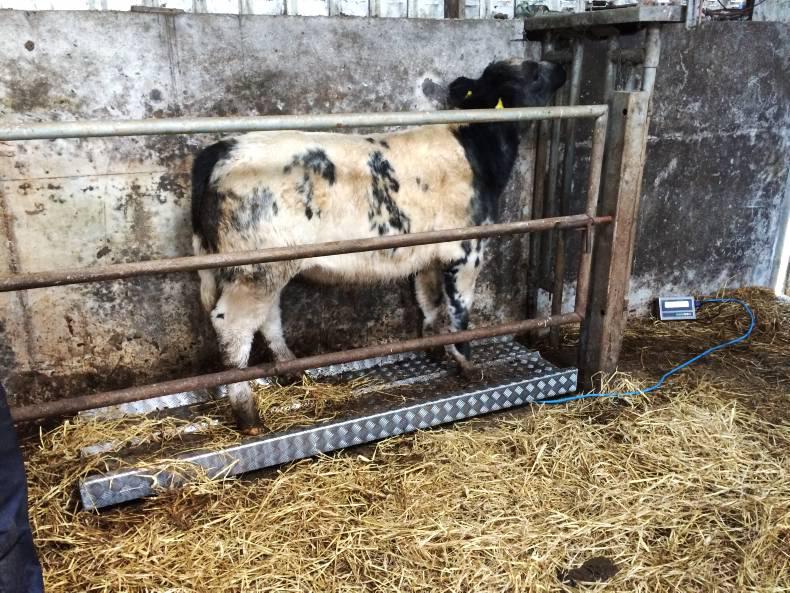
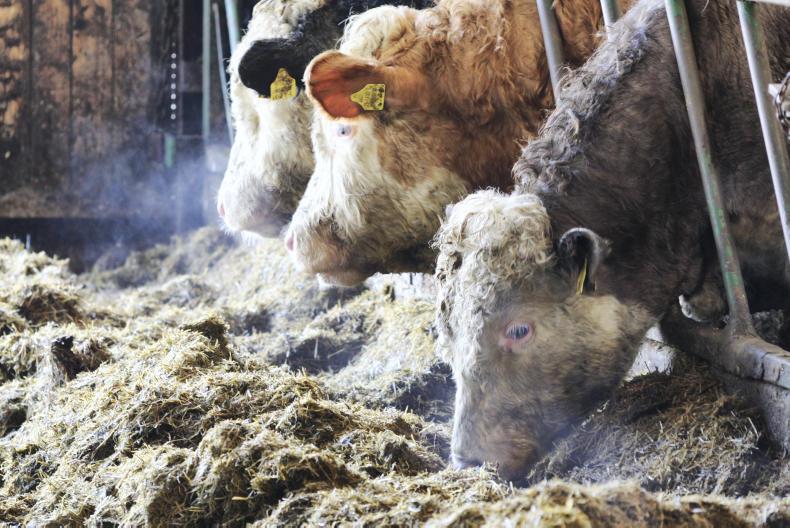

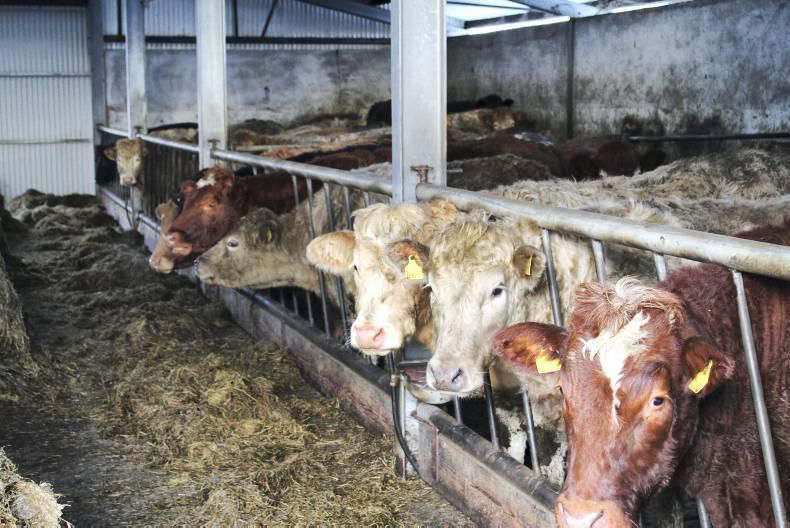
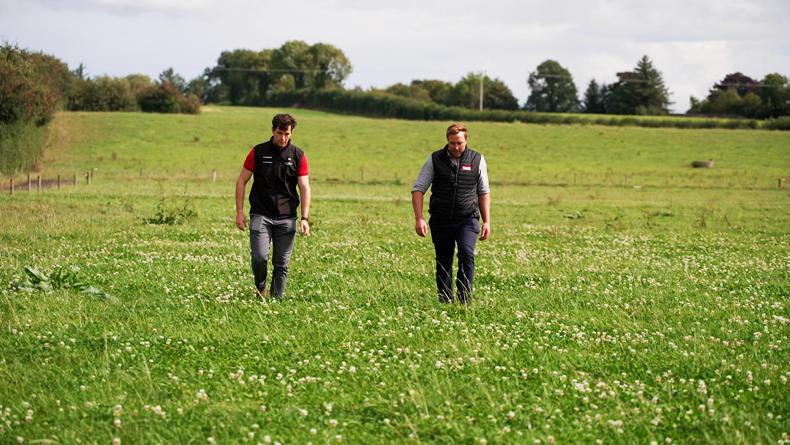
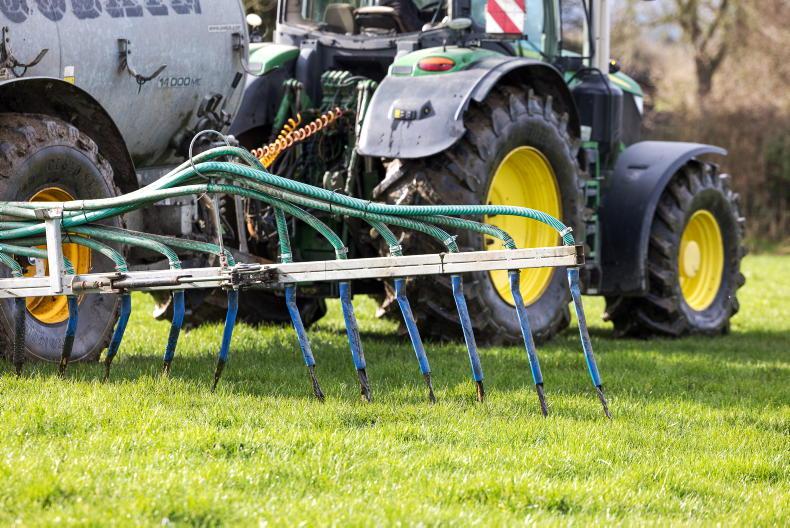
SHARING OPTIONS